The Unique Qualities Of Asteroid Hector

Introduction
Asteroids have captivated scientists and enthusiasts alike for centuries. These celestial objects, remnants from the early solar system, provide valuable insights into the formation and evolution of our universe. In this article, we will explore the unique qualities of Asteroid Hector, shedding light on its composition, history, and significance.
Composition and Physical Characteristics
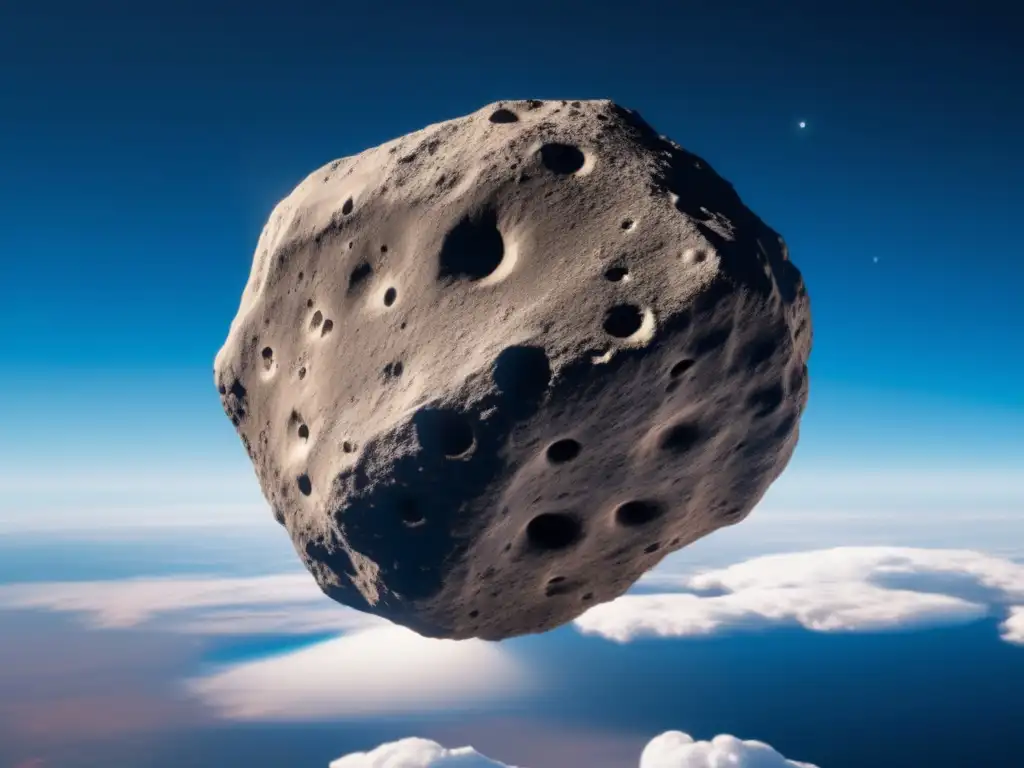
Size and Shape
Asteroid Hector is an intriguing member of the asteroid belt, located between Mars and Jupiter. With a diameter of approximately 225 kilometers, it ranks among the largest asteroids in our solar system. Its irregular shape, resembling a potato, hints at a diverse geological composition.
Surface Features
Observations made by space probes and telescopes reveal that Asteroid Hector exhibits a varied terrain. Its surface is marked by impact craters, ridges, and possibly even some volcanic activity in the past. These features provide clues about the asteroid's history and the forces that have shaped it over billions of years.
Composition
Studies conducted through spectroscopy techniques have allowed scientists to determine the composition of Asteroid Hector. It predominantly consists of rock-forming minerals such as silicates, iron, and nickel. Additionally, its surface is rich in carbonaceous material, suggesting the presence of organic compounds and water ice.
Orbit and History

Orbital Characteristics
Asteroid Hector follows an elliptical orbit within the asteroid belt, with an average distance from the Sun of about 3 astronomical units (AU). Its orbital period extends to approximately 4.7 years. The eccentricity of its orbit allows Asteroid Hector to come relatively close to other asteroids and occasionally approach the orbits of nearby planets.
Discovery
Asteroid Hector was first discovered on June 22, 1907, by astronomer August Kopff at the Heidelberg-Königstuhl State Observatory in Germany. It was named after Hector, a heroic figure from Greek mythology who fought in the Trojan War. This naming tradition reflects the historical influence of mythology on celestial object nomenclature.
Significance and Future Exploration
The exploration of asteroids plays a crucial role in our understanding of the solar system's formation and potential resources for future space endeavors. Asteroid Hector offers valuable insights into the composition and structure of larger celestial bodies. Future missions, such as NASA's Lucy mission, are expected to provide more detailed observations and data about this fascinating asteroid.
Potential Impact Hazards and Mitigation Strategies
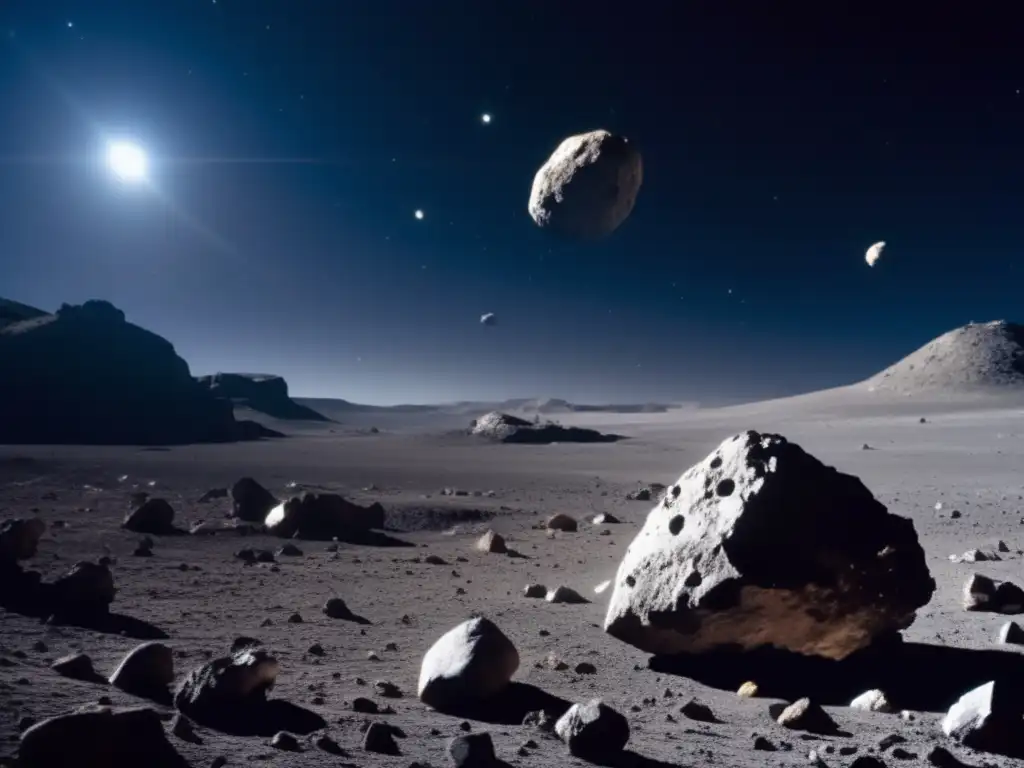
Risk Assessment
As an asteroid with a substantial size, Asteroid Hector poses minimal threat to Earth due to its stable orbit. However, it serves as a reminder of the importance of monitoring and studying near-Earth asteroids that have the potential for collision. Through advanced telescopic surveys and detection programs, scientists can identify potentially hazardous asteroids and develop strategies to mitigate their impact.
Mitigation Techniques
If an asteroid were on a collision course with Earth, several mitigation techniques have been proposed. These include gravity tractors, kinetic impactors, and even nuclear explosions. The development of these strategies is driven by the need to protect our planet and prevent any catastrophic events that may arise from a significant asteroid impact.
Frequently Asked Questions
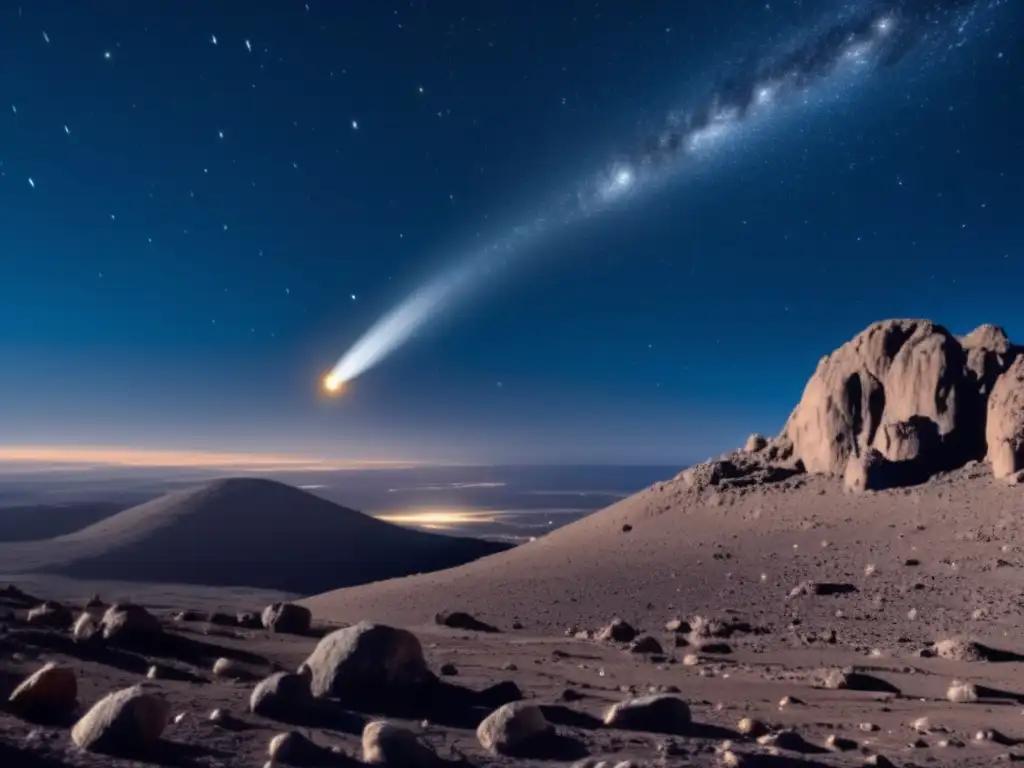
-
What is the size of Asteroid Hector?
Asteroid Hector has a diameter of approximately 225 kilometers.
-
What is the composition of Asteroid Hector?
Asteroid Hector primarily consists of rock-forming minerals, including silicates, iron, and nickel. Its surface also contains carbonaceous material, indicating the presence of organic compounds and water ice.
-
When was Asteroid Hector discovered?
Asteroid Hector was discovered on June 22, 1907, by astronomer August Kopff.
-
What is the significance of Asteroid Hector?
Asteroid Hector provides valuable insights into the formation and evolution of the solar system. It serves as a subject of study for scientists and offers potential resources for future space exploration endeavors.
-
Is Asteroid Hector a threat to Earth?
No, Asteroid Hector's stable orbit poses minimal threat to Earth. However, the study of near-Earth asteroids is crucial for identifying potential hazards and developing mitigation strategies.
Conclusion
Asteroid Hector is a captivating celestial object within our solar system. Its unique qualities, including its size, composition, and historical significance, contribute to our understanding of the universe. As we continue to explore and study asteroids, they provide us with invaluable knowledge about our origins and potential future endeavors in space exploration. Share your thoughts and engage with www.asteroidrealm.com, contributing to the collective exploration and understanding of asteroids. Thank you for joining us in this fascinating journey.
Additional Resources
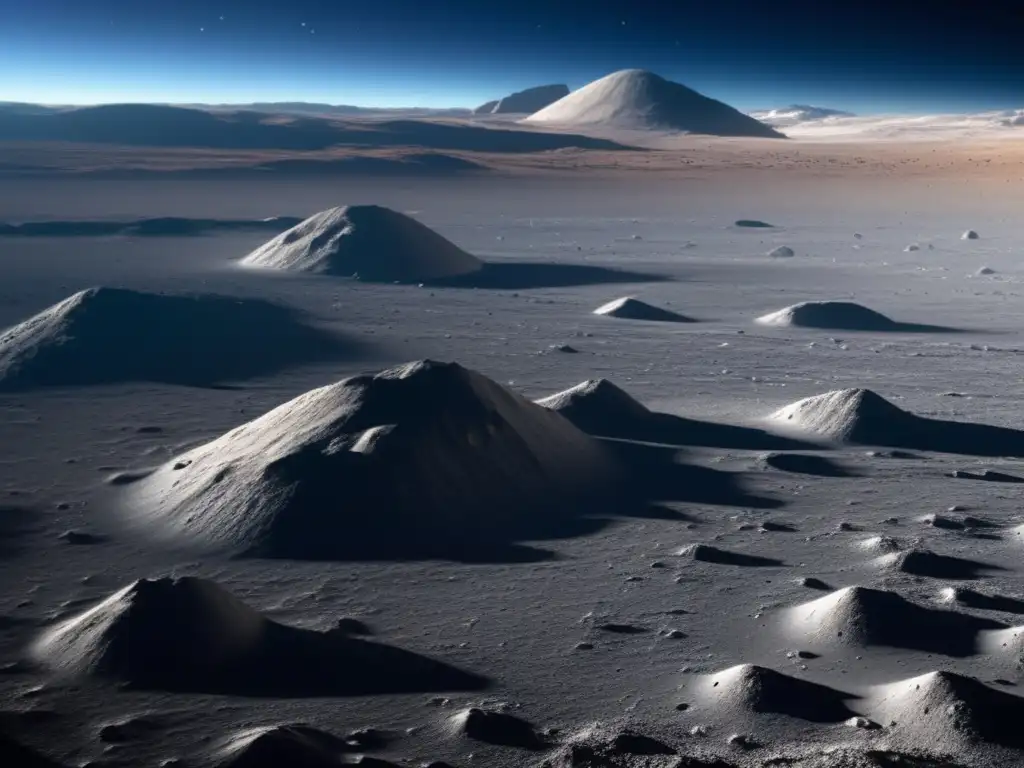
For more information about asteroids and related topics, please visit the following resources:
- NASA - Asteroids
- Asteroid Realm - Exploring the Universe of Asteroids
- Solar System Exploration - Asteroids
 The Tale Of Discovery: Asteroid Anchises
The Tale Of Discovery: Asteroid Anchises The Unusual Features Of Asteroid Deiphobus
The Unusual Features Of Asteroid Deiphobus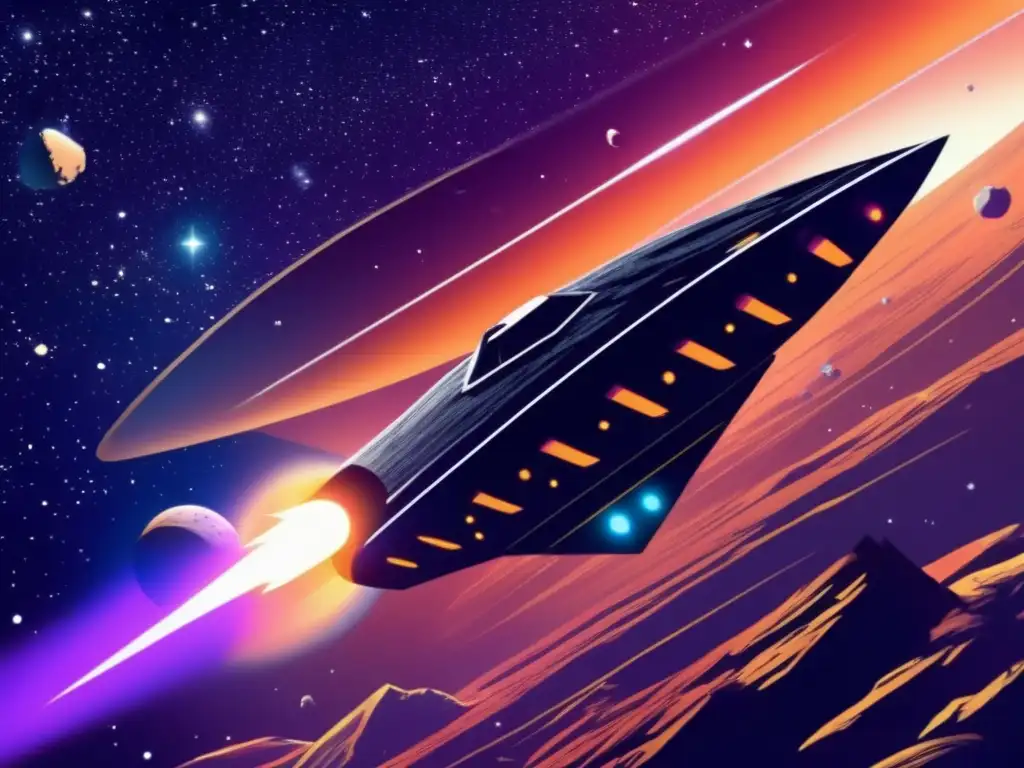 Asteroid Ascanius: A Fascinating Space Object
Asteroid Ascanius: A Fascinating Space ObjectIf you want to discover more articles similar to The Unique Qualities Of Asteroid Hector, you can visit the Asteroid Profiles category.
Leave a Reply

Articulos relacionados: